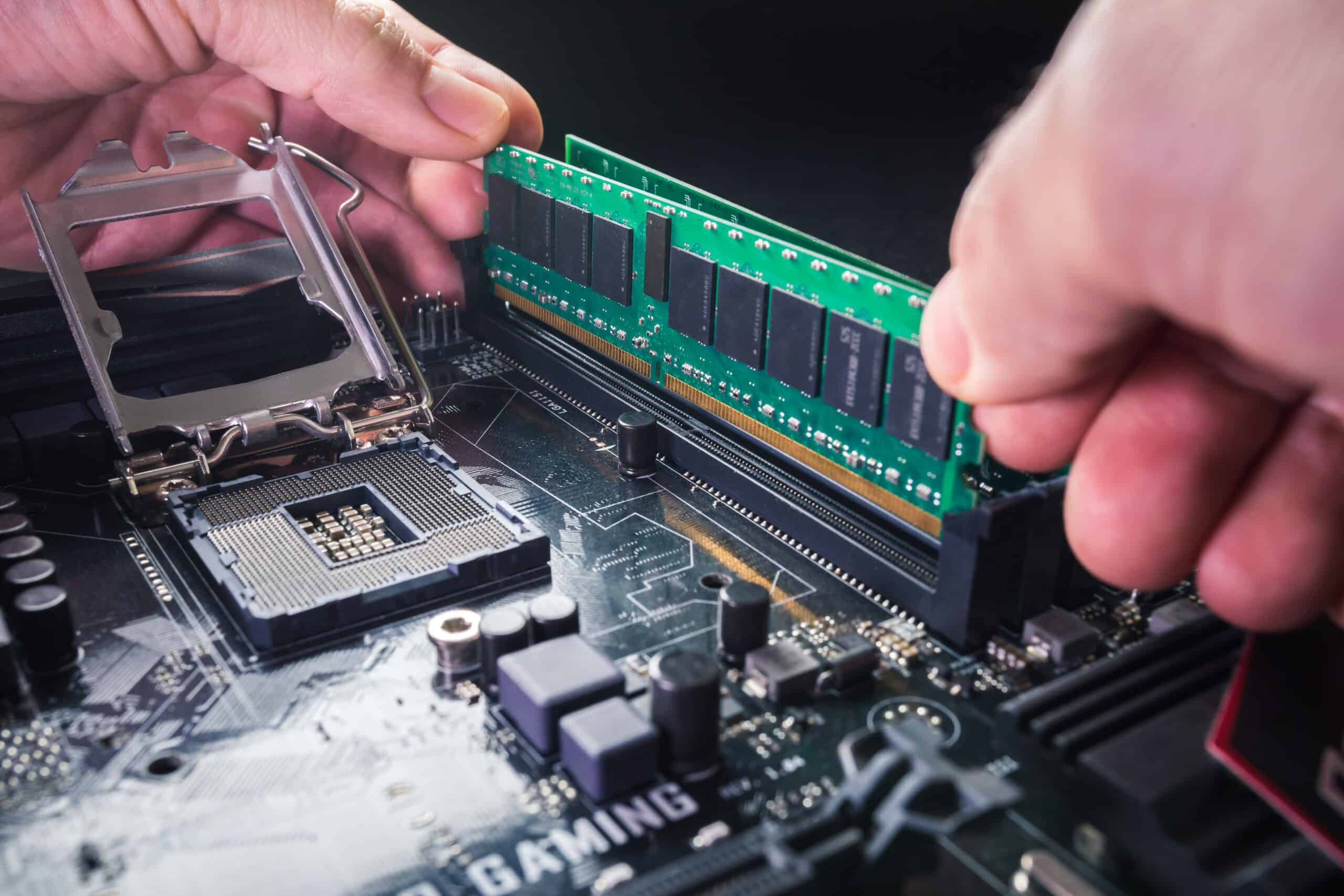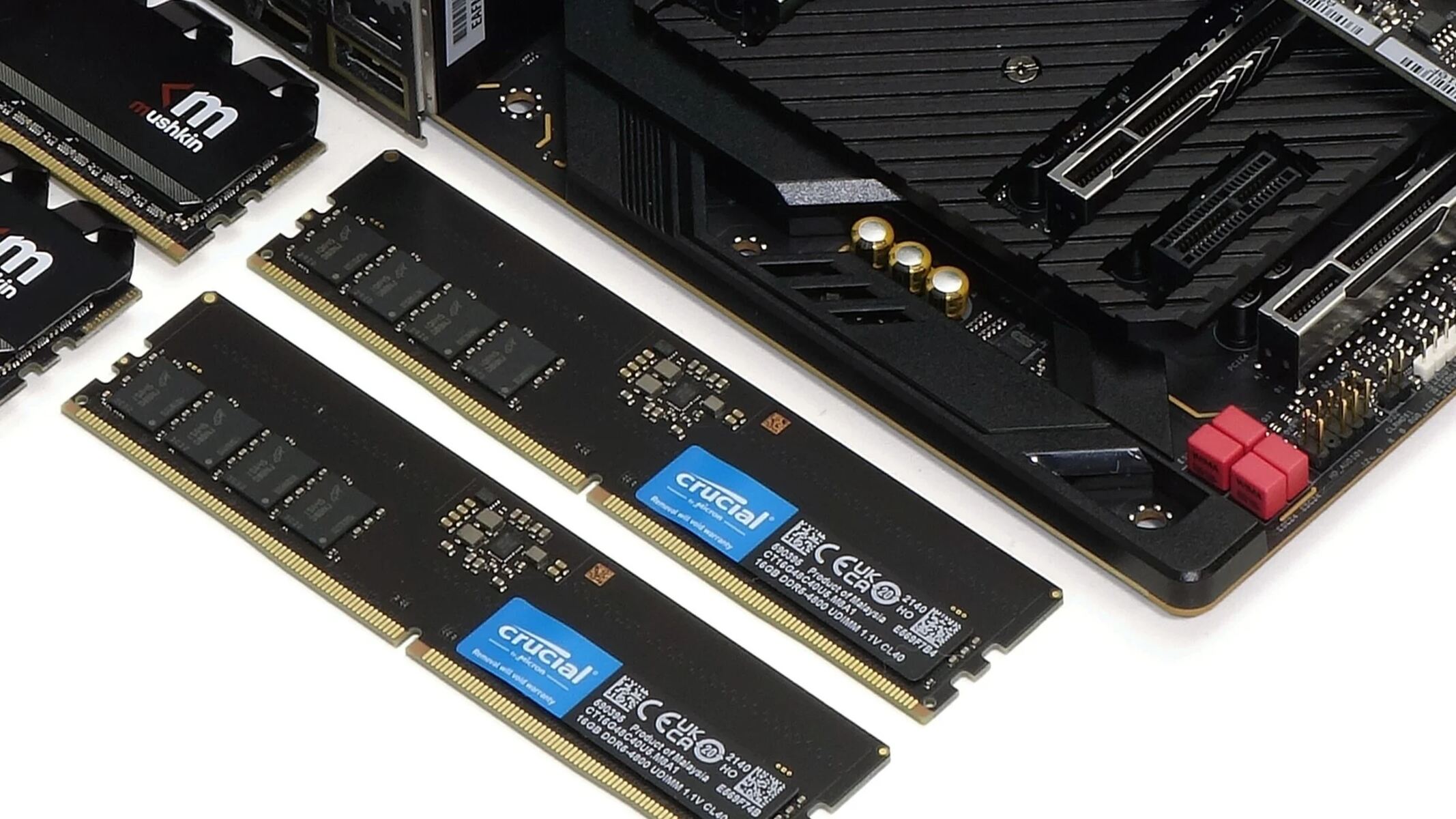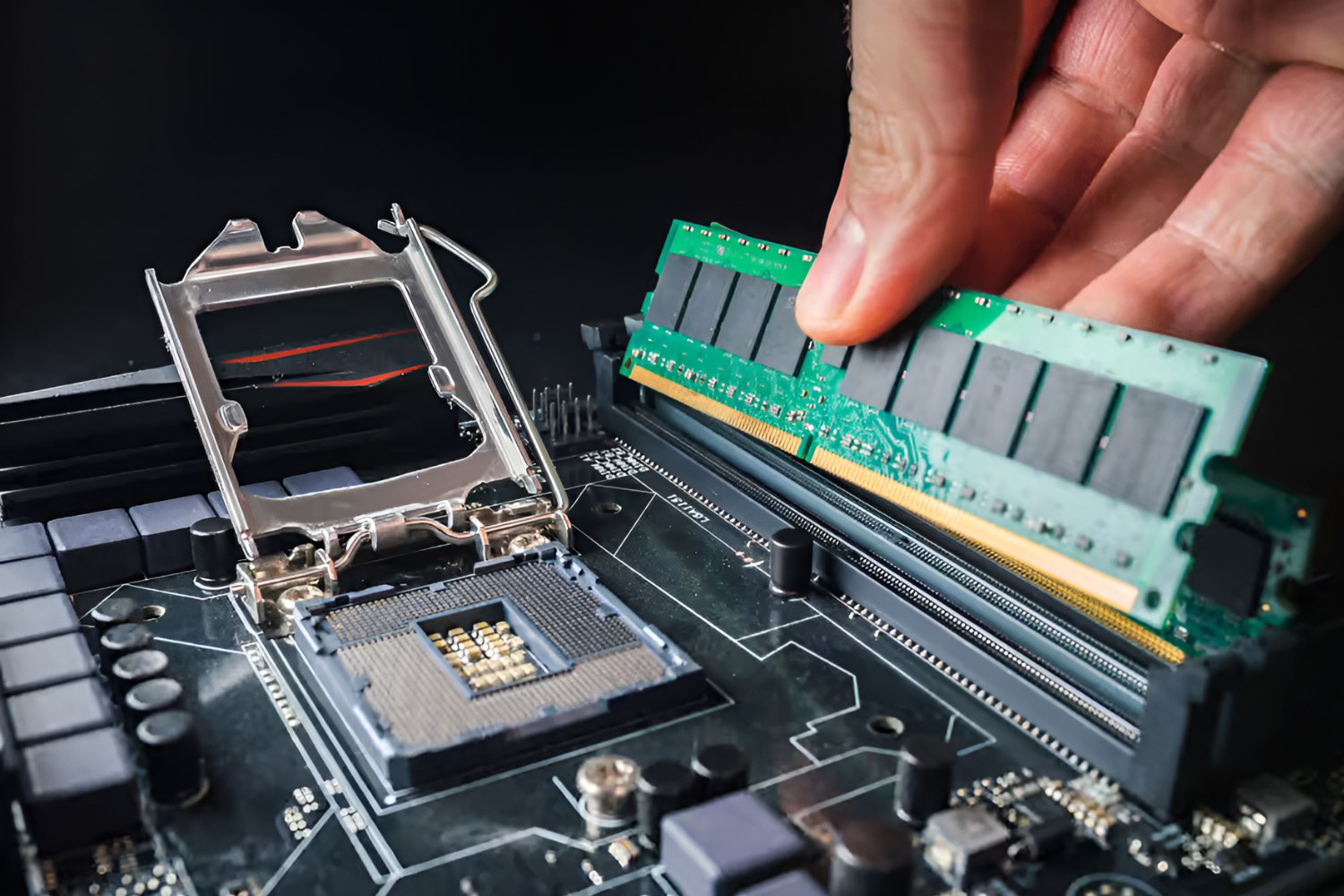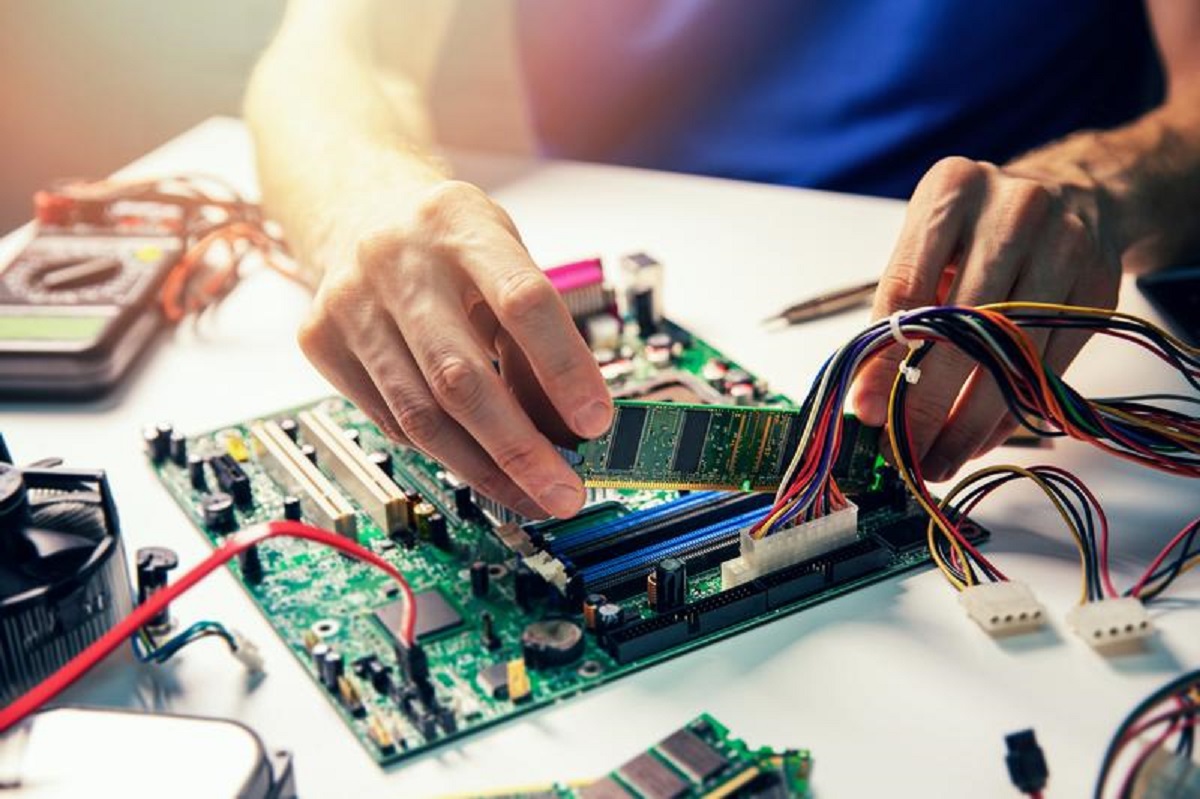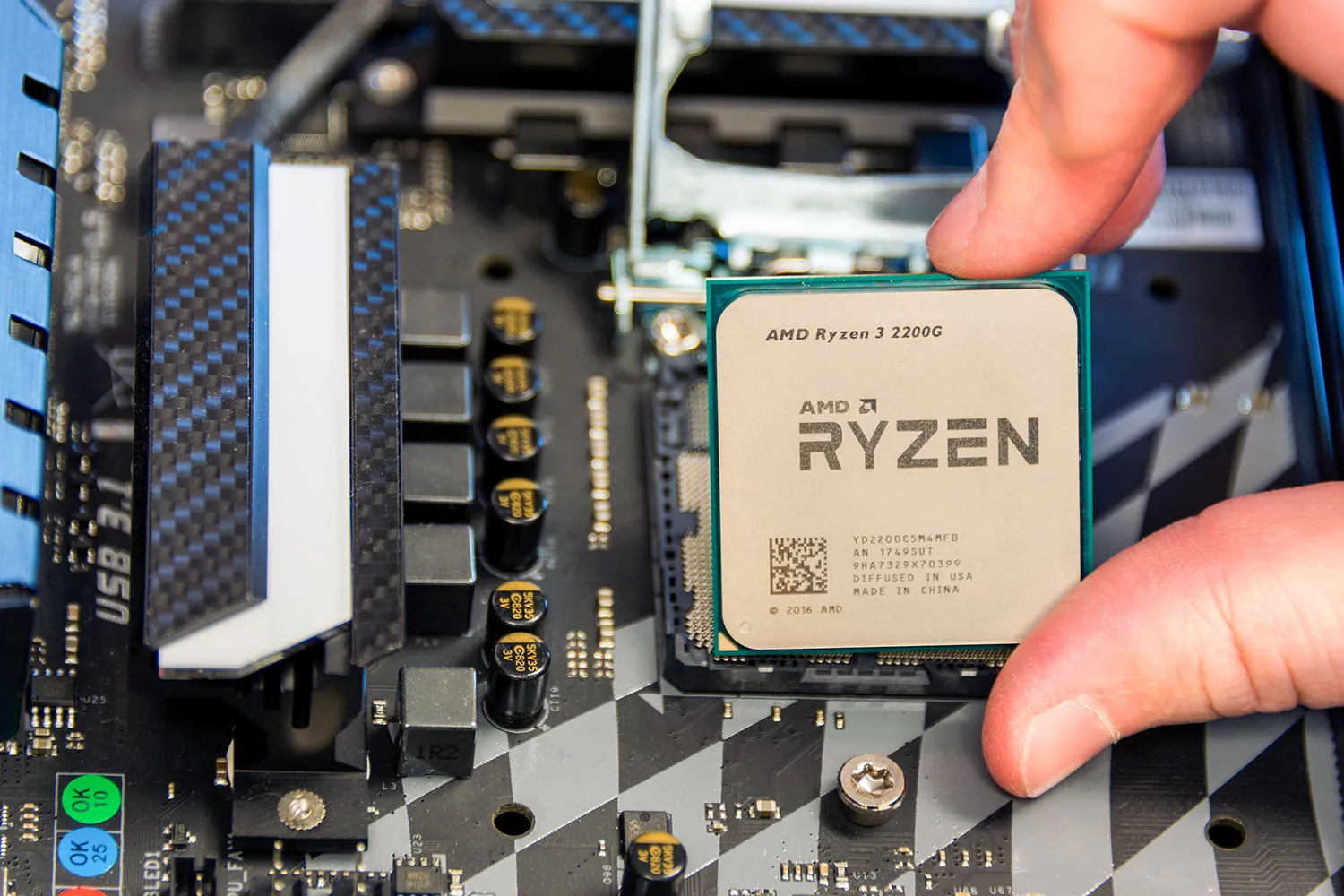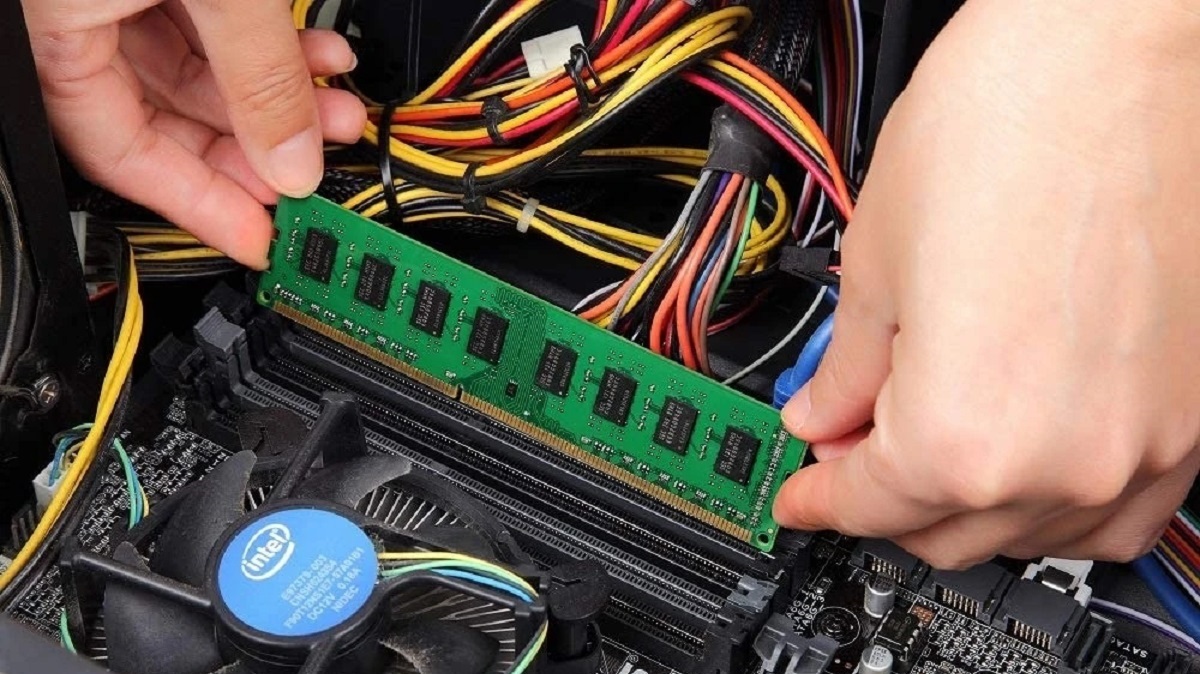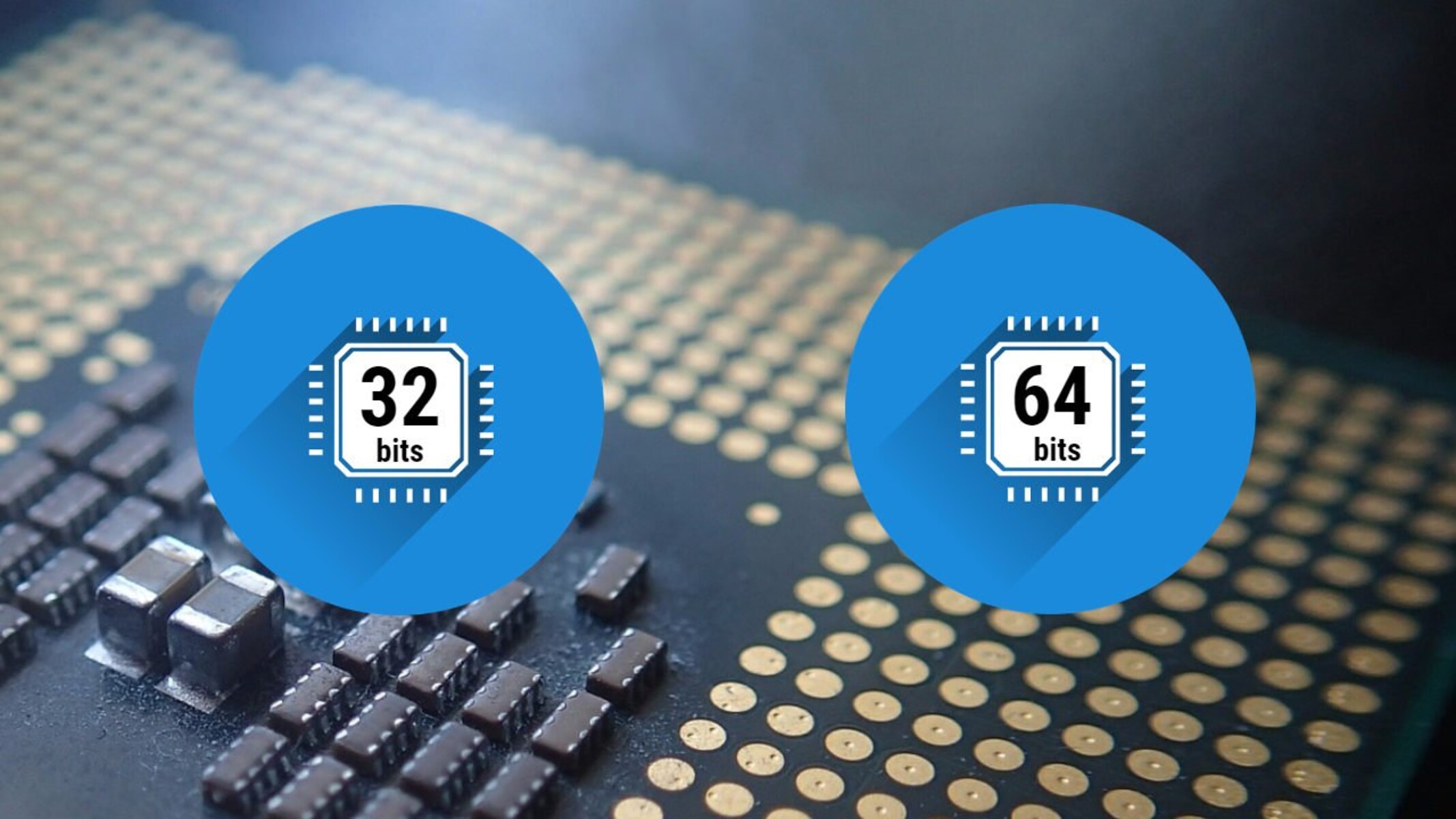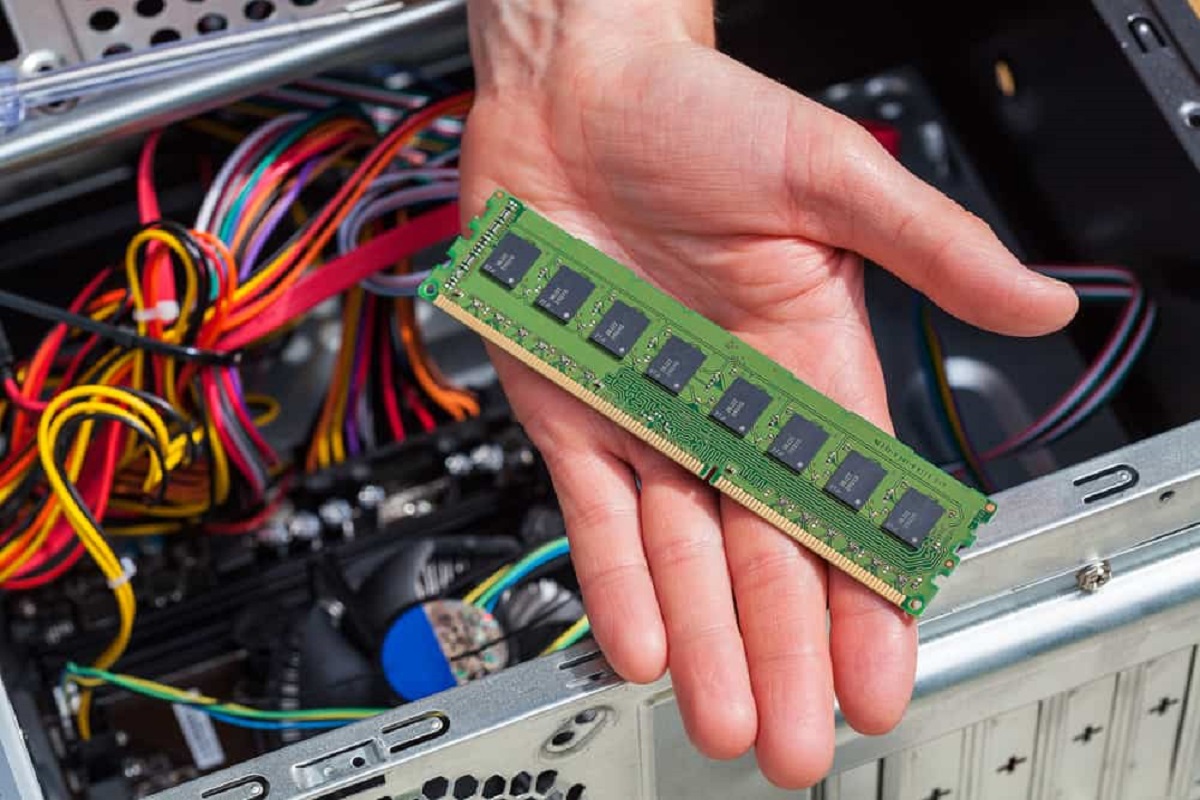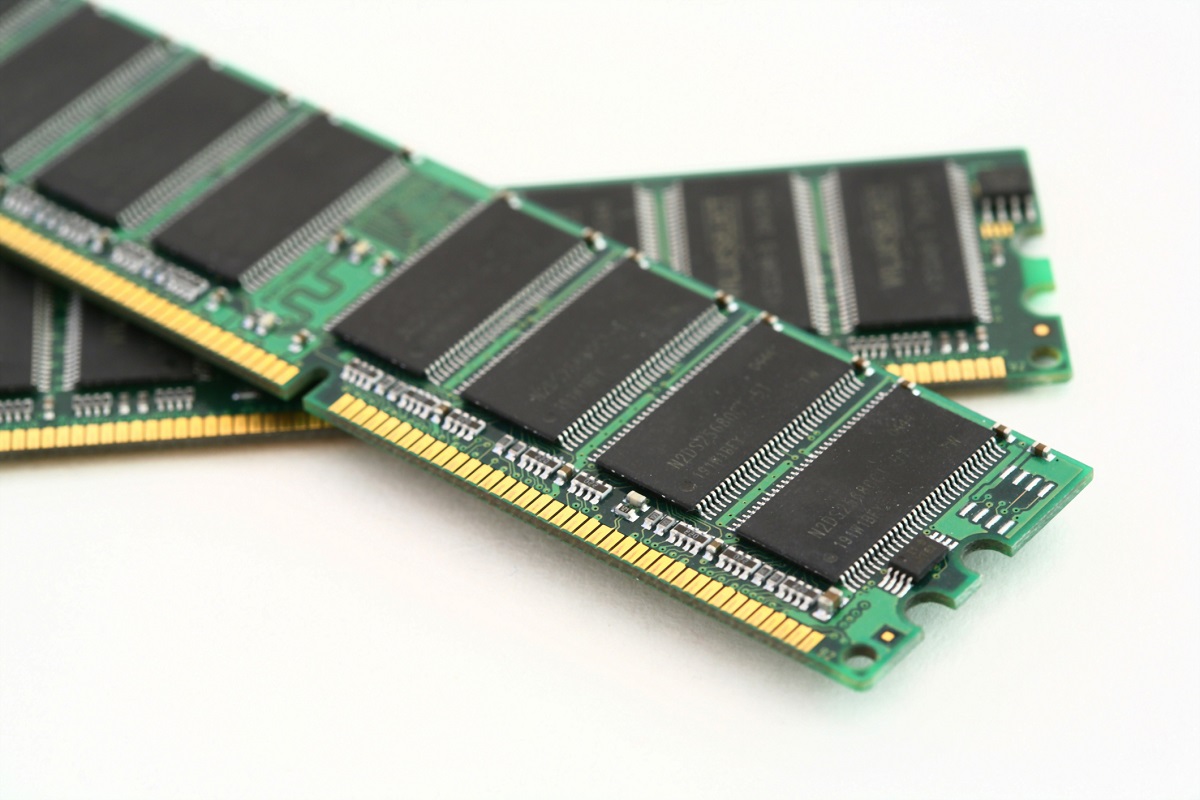Introduction
Welcome to the world of computer hardware! Whether you are a tech enthusiast or a casual user, understanding the intricacies of your computer’s components is important. One such component that plays a vital role in the performance of your system is RAM, or Random Access Memory.
RAM functions as a temporary storage medium for data that the computer needs to access quickly. It allows for faster data retrieval by acting as a bridge between the processor and the storage devices, such as the hard drive or solid-state drive.
However, you may have come across the term “Hardware Reserved RAM” and wondered what it means. Hardware Reserved RAM refers to a portion of your computer’s RAM that is set aside for specific hardware components and is not available for general use.
In this article, we will delve deeper into the concept of Hardware Reserved RAM, exploring its causes and effects, as well as ways to check and fix the issue. So, let’s expand our knowledge and uncover the mysteries behind Hardware Reserved RAM.
What is RAM?
Before we dive into the world of Hardware Reserved RAM, let’s first understand what RAM is and its significance in a computer system.
RAM, or Random Access Memory, is a crucial component of your computer’s hardware. It acts as a temporary storage area that allows the computer to access data quickly. Unlike long-term storage devices such as hard drives or SSDs, RAM is volatile memory, meaning it does not retain data once the computer is powered off.
When you run a program or open a file on your computer, it gets loaded into RAM. The processor can then access and manipulate the data in RAM much faster than it would if it had to fetch it from a slower storage device like a hard drive. In simple terms, RAM serves as a bridge between the processor and the storage devices, providing fast and temporary storage for data that the computer needs to access frequently.
The more RAM your computer has, the more data it can store and access quickly. This, in turn, can lead to improved multitasking capabilities, faster program execution, and an overall smoother computing experience. RAM capacity is typically measured in gigabytes (GB) and can vary depending on the requirements of the system and the tasks you perform.
It’s important to note that RAM is different from storage memory, such as hard drives or SSDs, which store data for long-term use. RAM is meant to provide temporary storage for data that is actively being used by the computer.
In summary, RAM is a crucial component that allows your computer to quickly access and manipulate data. It acts as a temporary storage area for active programs and files, providing fast and efficient data retrieval for the processor. Having an adequate amount of RAM is essential for maintaining system performance and ensuring smooth multitasking capabilities.
What is Hardware Reserved RAM?
Hardware Reserved RAM refers to a portion of your computer’s RAM that is dedicated to specific hardware components and cannot be used for general purposes. This reserved memory is set aside by the system BIOS or UEFI (Unified Extensible Firmware Interface) to be allocated to hardware devices and functions.
When your computer starts up, the BIOS or UEFI identifies the hardware components installed and reserves a specific amount of RAM for them. These hardware components may include the graphics card, network interface card, sound card, and other integrated peripherals.
This reserved RAM is necessary for these hardware devices to function efficiently. For example, the graphics card requires dedicated memory to store and process visual data, allowing for smooth and fast graphics rendering. Similarly, the network interface card needs reserved memory to handle incoming and outgoing network data.
The amount of RAM reserved for hardware components will vary depending on the specific system configuration and the capabilities of the hardware devices. Typically, newer and more powerful hardware components will require a larger portion of the RAM to deliver optimal performance.
It is important to note that the amount of reserved RAM can vary from system to system. In some cases, it may be a relatively small percentage of the total RAM capacity, while in others, it can be more substantial. The exact amount of reserved RAM can be determined by checking the system settings or using diagnostic tools.
While Hardware Reserved RAM is essential for the proper functioning of hardware devices, it can reduce the overall amount of usable RAM available to the operating system and applications. This can potentially impact system performance, especially if the reserved RAM is substantial or if you have limited RAM capacity.
In the next sections, we will explore the causes of Hardware Reserved RAM and the effects it can have on your computer’s performance. Additionally, we will look at how to check for Hardware Reserved RAM and methods to potentially fix the issue and reclaim some of the reserved memory for general use.
Causes of Hardware Reserved RAM
There are several factors that can contribute to the presence of Hardware Reserved RAM on your computer. Understanding these causes can help you identify the underlying issue and potentially find a solution. Here are some common causes of Hardware Reserved RAM:
1. Integrated Graphics: Many CPUs come with integrated graphics capabilities, which rely on a portion of the system’s RAM for video memory. This reserved RAM is used for processing and storing visual data, allowing for display output. Depending on the graphics requirements and settings, a significant amount of RAM may be allocated for this purpose.
2. Dedicated Graphics Cards: If you have a discrete graphics card installed in your system, it may require a portion of the RAM as dedicated video memory. These graphics cards often offer superior performance compared to integrated graphics and demand more RAM for efficient operation.
3. BIOS/UEFI Settings: The system’s BIOS or UEFI firmware determines the allocation of the RAM to various hardware components. In some cases, default settings or specific configurations may reserve a considerable amount of RAM for specific functions. This can include reserving memory for peripherals, such as network cards, sound cards, or RAID controllers.
4. Windows System Reservations: The Windows operating system itself may reserve a portion of the RAM for specific system functions and hardware abstraction layers. This ensures smooth operation and compatibility with different hardware configurations but reduces the overall available RAM for user applications.
5. Memory Mapping Issues: Sometimes, memory mapping issues can lead to hardware reserving more RAM than necessary. This can occur due to driver conflicts, outdated firmware, or incompatible hardware configurations.
6. Limited RAM Capacity: If your computer has a relatively small amount of RAM installed, the system may need to reserve a larger portion to ensure smooth operation of hardware devices and prevent overall system instability.
It’s important to note that the causes of Hardware Reserved RAM can vary from system to system, and multiple factors may contribute simultaneously. To determine the specific cause for the reserved RAM on your computer, it’s recommended to examine system settings, consult documentation for hardware components, and use diagnostic tools designed for identifying memory allocation.
How to Check for Hardware Reserved RAM
If you suspect that your computer has Hardware Reserved RAM and want to determine the amount of memory being reserved, there are several methods you can use to check. Here are a few approaches you can take:
1. System Properties: On Windows systems, you can start by checking the System Properties. Right-click on the “Computer” or “This PC” icon and select “Properties” from the context menu. In the System Properties window, you will find information about the installed RAM. The total amount of RAM and the portion reserved for hardware may be displayed here.
2. Task Manager: Another way to check for Hardware Reserved RAM on Windows is by using the Task Manager. Press the Ctrl+Shift+Esc keys together to open the Task Manager. Go to the “Performance” tab and select “Memory” from the left-hand side menu. The usage graph will show you the total amount of available RAM, and the “Hardware Reserved” value will indicate the amount reserved for hardware.
3. Resource Monitor: For more detailed information about memory usage and allocation, you can use the Windows Resource Monitor. To access it, press Windows+R, type “resmon.exe”, and hit Enter. In the Resource Monitor window, click on the “Memory” tab. Here, you can view the “Hardware Reserved” value, providing a breakdown of the amount of RAM reserved for hardware.
4. Diagnostic Tools: There are various third-party diagnostic tools available that can provide in-depth information about your system’s hardware and memory usage. These tools can give you a comprehensive breakdown of the allocated memory, including the reserved RAM. Popular diagnostic tools include CPU-Z, Speccy, and HWiNFO.
5. Manufacturer Documentation: If you want to know specifically how much RAM is being reserved by certain hardware components, such as integrated graphics or network interfaces, you can refer to the documentation provided by the hardware manufacturer. They often provide details about the memory requirements and allocation for their specific components.
Remember that the methods to check for Hardware Reserved RAM may vary depending on the operating system and the diagnostic tools available. It’s recommended to use multiple methods to cross-reference the information and get a more accurate representation of the reserved RAM on your computer.
By identifying how much RAM is being reserved for hardware, you can better understand the impact on your system’s performance and consider potential solutions to optimize memory usage.
Effects of Hardware Reserved RAM
The presence of Hardware Reserved RAM can have several effects on your computer’s performance and functionality. Understanding these effects can help you assess the impact and determine if further action is needed. Here are some of the common effects of Hardware Reserved RAM:
1. Reduced Available RAM: As the name suggests, Hardware Reserved RAM decreases the amount of usable memory available to the operating system and user applications. This reduction in available RAM can lead to decreased performance, especially when running memory-intensive tasks or running multiple applications simultaneously.
2. Increased System Utilization: When a significant portion of your RAM is reserved for hardware, it puts additional strain on the remaining available memory. This increased system utilization can result in slower response times, longer load times, and overall decreased system performance.
3. Limited Multitasking Capability: With less available RAM, multitasking becomes more challenging. Running multiple applications simultaneously may lead to increased swapping and memory thrashing, as the system tries to free up memory for active processes. This can result in slower performance and an overall deterioration in the user experience.
4. Graphics Performance Impact: If a portion of the RAM is reserved for graphics-related functions, such as integrated or dedicated graphics cards, it may affect the graphical performance of your computer. Graphics-intensive tasks, such as gaming or video editing, may suffer from lower frame rates, reduced visual quality, or even system crashes if the reserved RAM is insufficient for efficient graphics processing.
5. Limited Upgradability: Hardware Reserved RAM can limit further RAM upgrades, especially if the reserved portion is significant. If you plan to expand your system’s memory capacity, you may need to consider removing or upgrading hardware components that require reserved memory. This adds complexity and cost to the upgrading process.
It’s important to note that the effects of Hardware Reserved RAM will vary depending on the specific configuration of your system, the amount of reserved memory, and the tasks you perform. While a small percentage of reserved RAM may have minimal impact, a larger allocation can result in noticeable performance degradation.
If you experience any of the aforementioned effects or observe sluggish system performance, it may be worthwhile to explore ways to optimize memory usage and potentially reclaim some of the reserved RAM for general use. In the next section, we will discuss methods to address the issue of Hardware Reserved RAM and improve system performance.
How to Fix Hardware Reserved RAM
If you’re facing the issue of Hardware Reserved RAM and want to reclaim some of the reserved memory for general use, there are several potential solutions you can try. While the specific methods may vary depending on your system configuration, here are some common approaches to address the issue:
1. Update BIOS/UEFI Firmware: Outdated firmware can sometimes cause memory mapping issues and result in excessive hardware reservation. Check your computer or motherboard manufacturer’s website for any available firmware updates. Install the latest version to ensure compatibility and potentially resolve the reserved RAM issue.
2. Adjust Graphics Settings: If you have a dedicated graphics card, you can modify the settings in the graphics control panel. Reduce the amount of memory allocated for graphics use, if possible, without impacting visual performance. This can free up some of the reserved RAM for general usage.
3. Disable Integrated Graphics: If your system has integrated graphics and you are using a separate graphics card, disabling the integrated graphics in the BIOS settings can potentially free up reserved RAM. This option may not be available in all systems, so consult the motherboard or computer manufacturer’s documentation for the proper procedure.
4. Check Hardware Compatibility: In some cases, specific hardware configurations can lead to excessive Hardware Reserved RAM. Ensure that all hardware components are compatible with your system and that the drivers are up to date. Incompatible hardware can cause memory mapping conflicts, resulting in increased reserved RAM.
5. Adjust System BIOS/UEFI Settings: Some system settings can affect the allocation of RAM for hardware components. Explore the BIOS or UEFI settings and look for options related to memory allocation or graphics memory. Adjusting these settings within their recommended limits may help reduce the amount of reserved RAM.
6. Upgrade System Hardware: If you have limited RAM capacity and the reserved portion is significant, upgrading your system’s RAM can potentially mitigate the impact of Hardware Reserved RAM. Adding more RAM will increase the overall available memory, allowing for improved system performance and multitasking capability.
It is important to note that the effectiveness of these fixes may vary depending on your specific system configuration and hardware setup. It’s recommended to research and understand the potential implications of applying these solutions before making any changes to your system.
If none of these solutions resolve the issue, it may be necessary to seek assistance from a professional computer technician or contact the hardware manufacturer’s support for further guidance.
By addressing the issue of Hardware Reserved RAM, you can optimize your system’s memory usage and potentially improve overall performance, allowing for a smoother and more efficient computing experience.
Conclusion
In conclusion, Hardware Reserved RAM is a portion of your computer’s memory that is reserved for specific hardware components and functions. While it is necessary for the proper operation of these components, it can limit the amount of available RAM for general usage and impact system performance.
In this article, we explored the concept of Hardware Reserved RAM, its causes, effects, and potential solutions. We learned that factors such as integrated graphics, dedicated graphics cards, BIOS/UEFI settings, Windows system reservations, memory mapping issues, and limited RAM capacity can contribute to the presence of reserved RAM.
To check for Hardware Reserved RAM, you can utilize system properties, task manager, resource monitor, diagnostic tools, and manufacturer documentation. These methods can provide insights into the amount of memory allocated for hardware functions.
The effects of Hardware Reserved RAM include reduced available RAM, increased system utilization, limited multitasking capability, potential graphics performance impact, and limited upgradability. These effects can hinder system performance and user experience, especially during memory-intensive tasks.
However, there are strategies to address the issue of Hardware Reserved RAM. Updating BIOS/UEFI firmware, adjusting graphics settings, disabling integrated graphics, checking hardware compatibility, adjusting system BIOS/UEFI settings, and upgrading system hardware are potential solutions to reclaim some reserved memory.
It is important to note that the effectiveness of these fixes may vary depending on the specific system configuration, and it is recommended to research and understand the potential implications before making any changes.
By optimizing memory usage and reclaiming some of the reserved RAM, you can improve overall system performance, multitasking capability, and user experience.
In summary, understanding and managing Hardware Reserved RAM can be crucial for optimizing your computer’s memory usage and ensuring efficient system performance. By implementing the appropriate solutions, you can strike a balance between hardware requirements and available memory, allowing for a smoother and more responsive computing experience.







